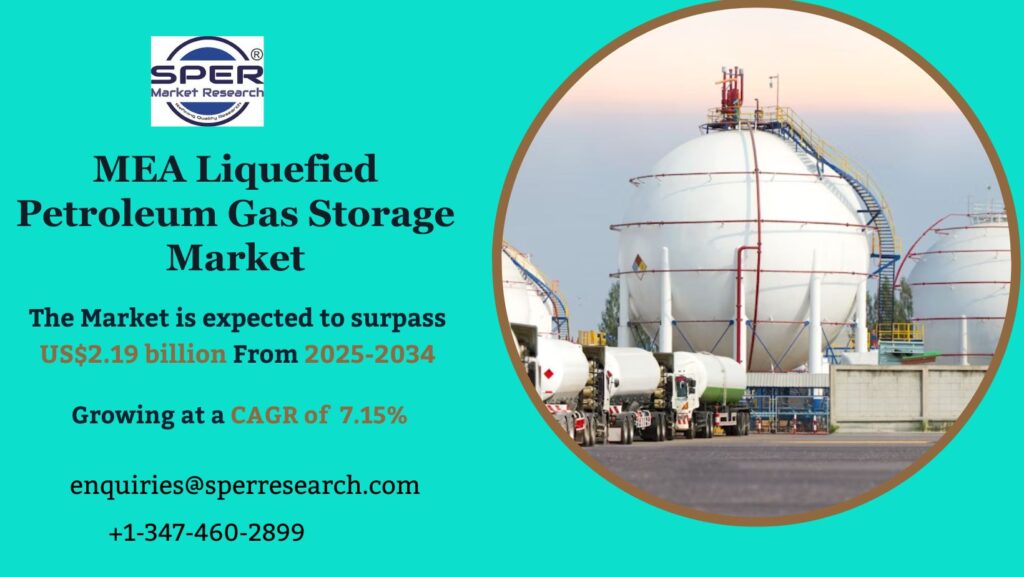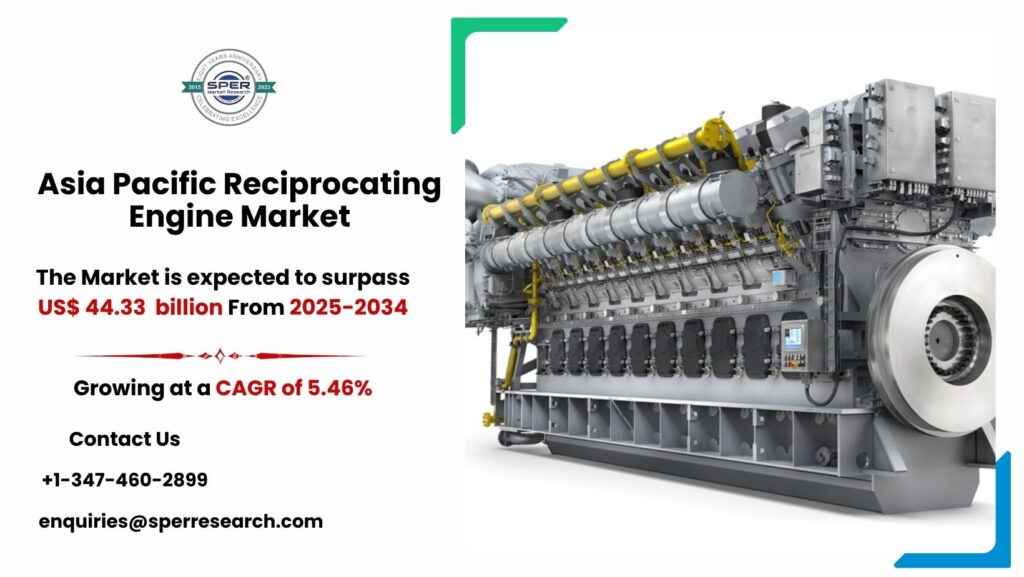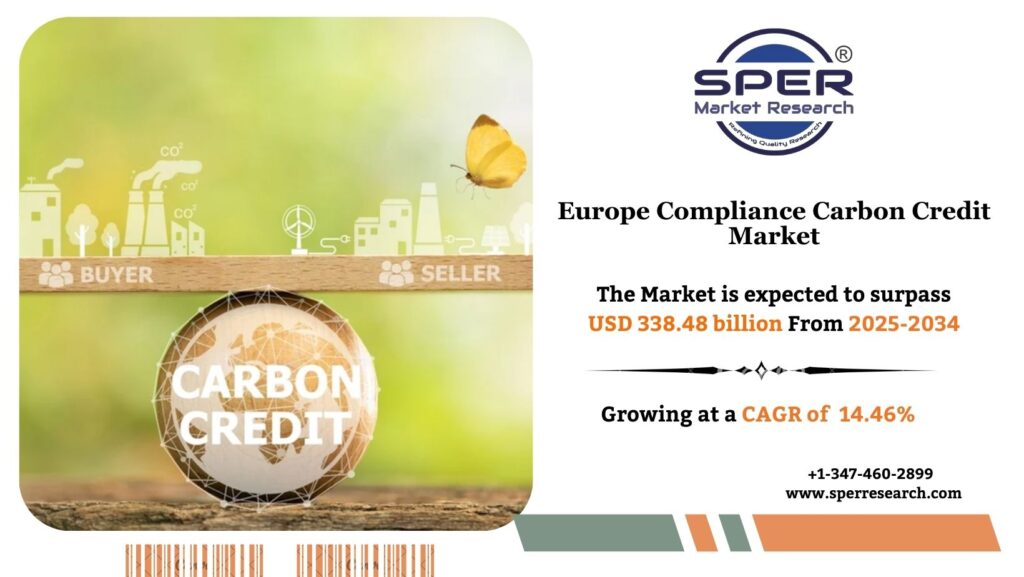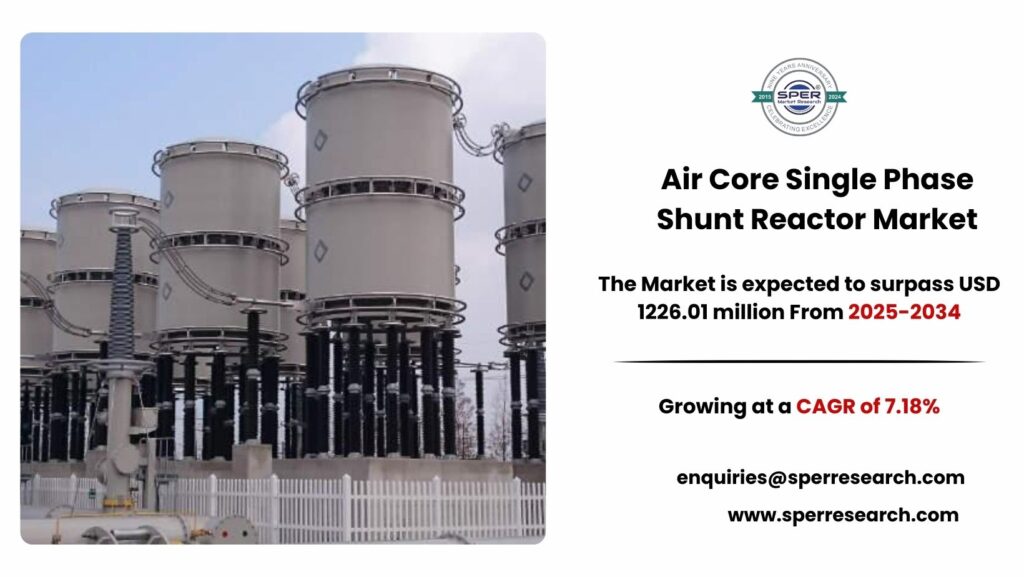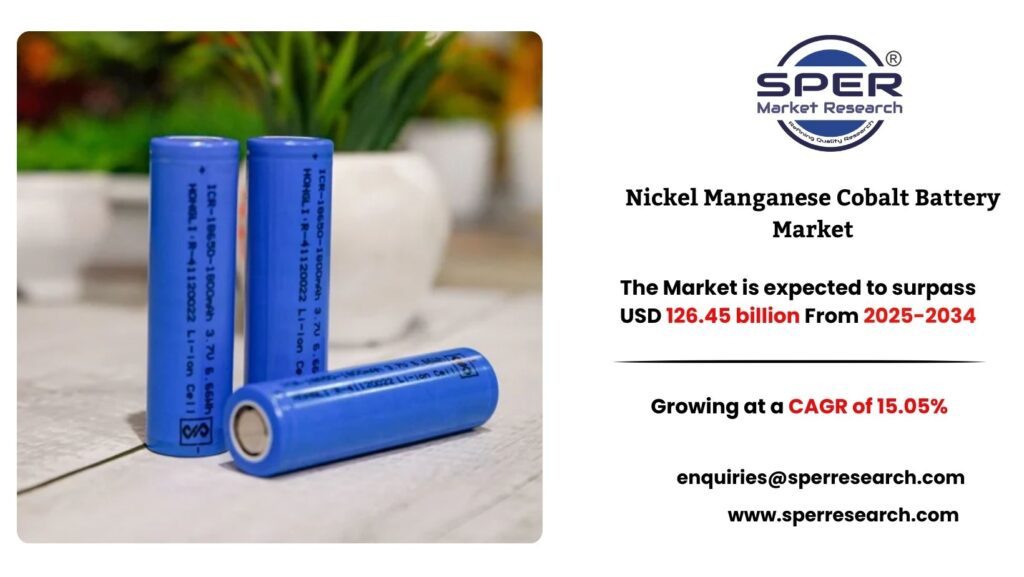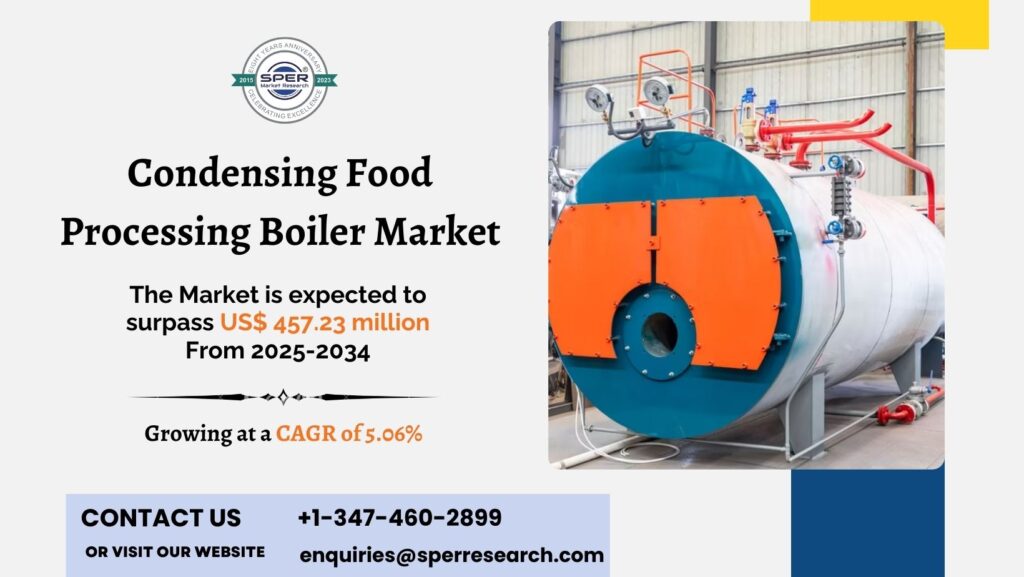Propane, butane, and other gases that are liquefied under moderate pressure for effective storage and transportation are referred to as “liquefied petroleum gas” (LPG) storage. LPG is kept in specifically made containers that maintain the necessary pressure to keep the gas in liquid form, like cylinders, bullet tanks, or spherical tanks. Certain storage systems are required in order to supply LPG to users in the residential, commercial, and industrial sectors. For LPG storage to be safe, it must have strong structure, pressure relief systems, and stringent handling procedures to avoid leaks or mishaps. A reliable, hygienic, and easily accessible energy source is guaranteed by effective LPG storage.
According to SPER market research, ‘Middle East & Africa Liquefied Petroleum Gas Storage Market Size- By Storage Type- Regional Outlook, Competitive Strategies and Segment Forecast to 2034’ state that the Middle East & Africa Liquefied Petroleum Gas Storage Market is predicted to reach 2.19 billion by 2034 with a CAGR of 7.15%.
Drivers:
The Middle East and Africa’s liquefied petroleum gas (LPG) storage business is expanding gradually as a result of a combination of policy-driven and socioeconomic reasons. A move to cleaner fuel sources like LPG is being prompted by the increased energy demand brought on by rapid urbanization and population growth. Subsidies, the construction of infrastructure, and advantageous policies are how governments are assisting this change. Efficiency and safety are being improved by investments in cutting-edge storage facilities. Improved storage is becoming more and more necessary due to LPG’s numerous industrial uses, particularly in petrochemicals and manufacturing. Further highlighting the necessity of dependable LPG storage facilities is the region’s emphasis on sustainability and energy security.
Request a Free Sample Report: https://www.sperresearch.com/report-store/middle-east-and-africa-liquefied-petroleum-gas-storage-market?sample=1
Restraints:
A number of obstacles would prevent the Middle East and Africa liquefied petroleum gas (LPG) storage business from expanding. One of the biggest obstacles to constructing modern infrastructure, such as pressurized tanks and safety systems, is the high upfront expenses. Many nations’ economic instability restricts funding for energy initiatives and has an impact on long-term planning. Safety and environmental standards are jeopardized by inadequate regulatory frameworks and lax enforcement. LPG adoption is also slowed in rural areas by a lack of public knowledge and a reliance on conventional fuels. The effective delivery of LPG to remote areas is made more difficult by logistical issues such inadequate distribution channels and transportation networks, which also limit market expansion.
For More Information, refer to below link: –
Middle East And Africa Liquefied Petroleum Gas Storage Market Insights
In the Middle East and Africa, Saudi Arabia dominates the liquefied petroleum gas (LPG) storage market due to its vast hydrocarbon reserves, strategic geographical location, and significant investments in energy infrastructure. Some significant market players are Abou Seif, Al Dossary Encore, Al-Gaswa Steel, Arslan Engineering, Cryocan, Enagas, and others.
Related Reports:
Middle East & Africa Hospital Furniture Market Growth
Middle East & Africa Oilfield Chemicals Market Growth
Follow Us –
LinkedIn | Instagram | Facebook | Twitter
Contact Us:
Sara Lopes, Business Consultant — USA
SPER Market Research
enquiries@sperresearch.com
+1–347–460–2899
